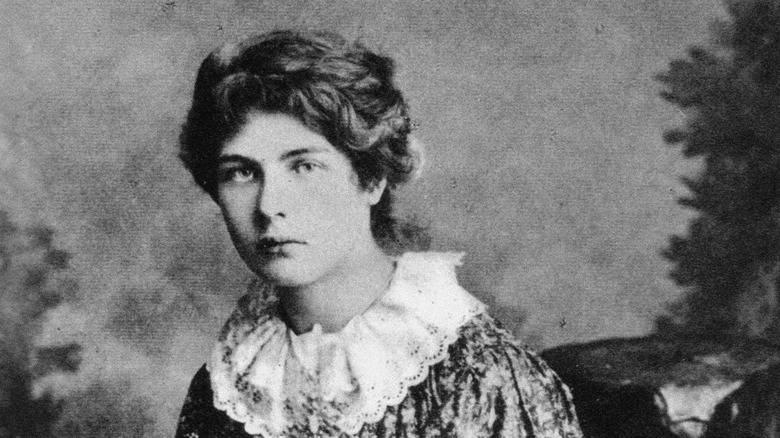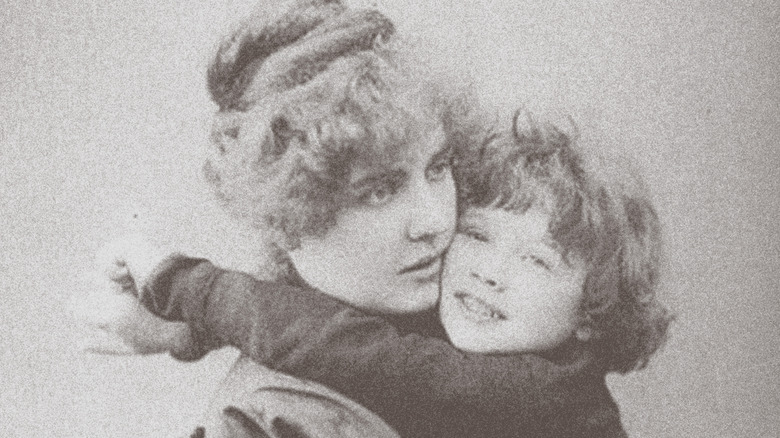The Tragic Death Of Oscar Wilde's Wife
Oscar Wilde's wife died on April 7, 1898, at the age of 40. As reported by The Lancet, Constance Mary Wilde was diagnosed with a number of unusual ailments in the decade preceding her death. However, as doctors believed the maladies were treatable, her death was "unexpected." The specific cause of Constance's illness remained a mystery for more than a century.
A series of personal letters and other documents, which were provided to The Lancet by Oscar and Constance's grandson Merlin Holland, revealed a number of important clues about Constance's chronic illness and untimely death.
According to the documents, Oscar Wilde's wife began complaining about weakness and pain in her limbs in 1889. Over the next nine years, the pain continued to spread throughout Constance's body until it was extremely difficult to walk or stand. Although she consulted a number of specialists, the treatments were largely unsuccessful and the symptoms only continued to progress.
The mystery of Constance Wilde's tragic illness may finally be solved
As reported by NBC News, Constance eventually consulted gynecologist Luigi Maria Bossi — who determined the pain in her legs was caused by a uterine tumor. Bossi suspected the tumor was in the vicinity of a number of nerves, which extend into the thighs. Any pressure on those nerves could cause numbness and pain similar to that experienced by Wilde.
However, the story does not have a happy ending — The Lancet reports Oscar Wilde's wife died five days after the surgery to remove the tumor. At the time, doctors determined the cause of death was related to intestinal blockage "either as a direct result of the surgery or secondary to intra-abdominal sepsis."
Doctors now believe all of Constance Mary Wilde's symptoms were neurological, as she likely had multiple sclerosis. In her personal correspondence, she often referred to the increasing pain and weakness in her limbs, as well as debilitating headaches and backaches. She also began to develop unexplained tremors and facial paralysis. The Lancet explains that all of those symptoms suggest "multiple sclerosis of the relapsing-remitting type that subsequently developed into secondary progressive multiple sclerosis."

